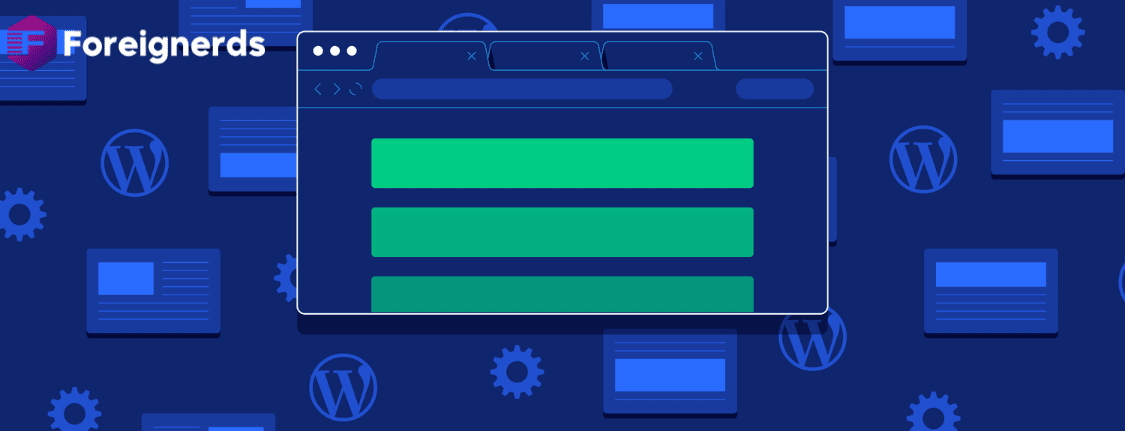- Home
- App Development Services
- How Good is Xamarin for Android...

Xamarin, a powerful cross-platform development framework, has gained significant traction in the realm of Android app development. This article explores the merits and demerits of using Xamarin for Android development, delving into its features, advantages, challenges, and how it compares to other popular frameworks. Let’s embark on a journey through the Xamarin landscape and understand why it’s considered a viable choice for Android app developers.
Xamarin is a Microsoft-owned framework that enables developers to build native Android, iOS, and Windows apps using a single codebase. Leveraging the C# programming language, Xamarin offers a robust and efficient development environment.
Xamarin allows developers to write code once and deploy it across multiple platforms. This not only saves time but also ensures consistency in the app’s behavior and appearance.
One of Xamarin’s key strengths lies in its ability to deliver native performance. Apps developed with Xamarin are not mere replicas; they take full advantage of the underlying platform, providing a seamless user experience.
Developers can reuse a significant portion of the codebase across different platforms, reducing development time and effort. This code-sharing capability is a boon for projects with tight schedules.
Xamarin.Forms simplifies UI development by allowing developers to create a single, shared user interface for both Android and iOS. This facilitates quicker and more efficient app design.
For those who prefer a more platform-specific approach, Xamarin.Android provides direct access to Android APIs, enabling fine-tuned control over the app’s behavior and appearance.
Similar to Xamarin.Android, Xamarin.iOS allows developers to create iOS-specific interfaces and functionalities, ensuring a native feel for iOS users.
Xamarin is a cross-platform app development framework that allows developers to create native applications for Android and iOS using C# and the .NET framework. One of the key advantages of Xamarin is its seamless integration with Microsoft’s Visual Studio, a popular integrated development environment (IDE).
Here are some points highlighting the integration between Xamarin and Visual Studio:
In summary, Xamarin’s integration with Visual Studio provides a powerful and efficient development environment for creating cross-platform mobile applications, enabling developers to leverage the familiarity of C# and the capabilities of the .NET framework.
Xamarin ensures a consistent user interface (UI) design across various platforms, maintaining brand identity and user familiarity.
While maintaining consistency, Xamarin offers ample customization options, allowing developers to tailor the app’s UI to suit the platform and user preferences.
The vibrant Xamarin community provides a valuable resource for developers. Forums, blogs, and community-driven events foster collaboration and knowledge sharing.
Being a Microsoft product, Xamarin benefits from robust support, including regular updates, documentation, and a responsive support team.
Xamarin’s learning curve may be steep for developers unfamiliar with C# or the Xamarin ecosystem. However, the wealth of resources available can help mitigate this challenge.
Xamarin apps may have larger file sizes compared to native apps. Developers need to optimize their code and assets to address this limitation.
Compared to React Native, Xamarin offers a more native feel but may have a steeper learning curve.
While Kotlin is the official language for Android development, Xamarin provides cross-platform capabilities, offering a different set of advantages.
Flutter is renowned for its beautiful UI, but Xamarin’s integration with Visual Studio and C# may appeal to developers with Microsoft-centric workflows.
Explore notable success stories of apps developed using Xamarin, showcasing its versatility and ability to meet diverse development needs.
Stay updated on the latest features, enhancements, and the future direction of Xamarin as it continues to evolve with the ever-changing landscape of mobile app development.
In conclusion, Xamarin provides to be a robust choice for Android development, offering a balance between cross-platform efficiency and native performance. Developers can harness its power to create versatile, high-performance apps, provided they navigate the learning curve and optimize for potential challenges.
© 2013 - 2025 Foreignerds. All Rights Reserved